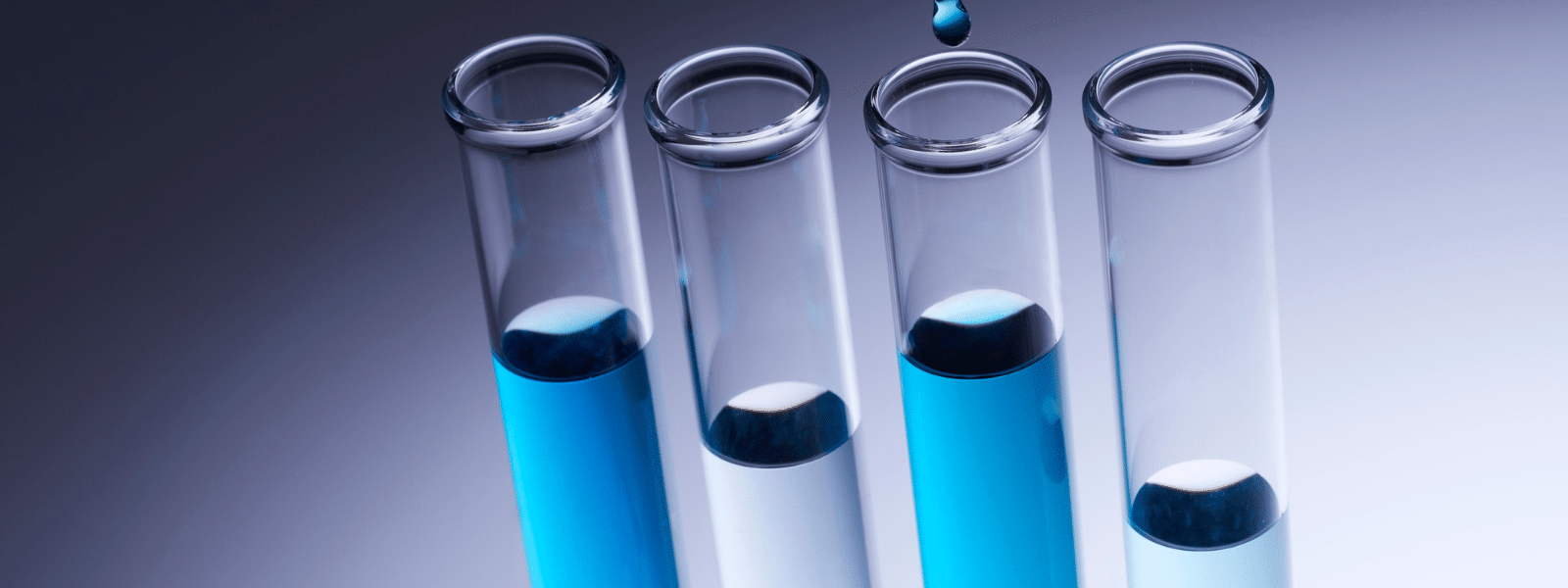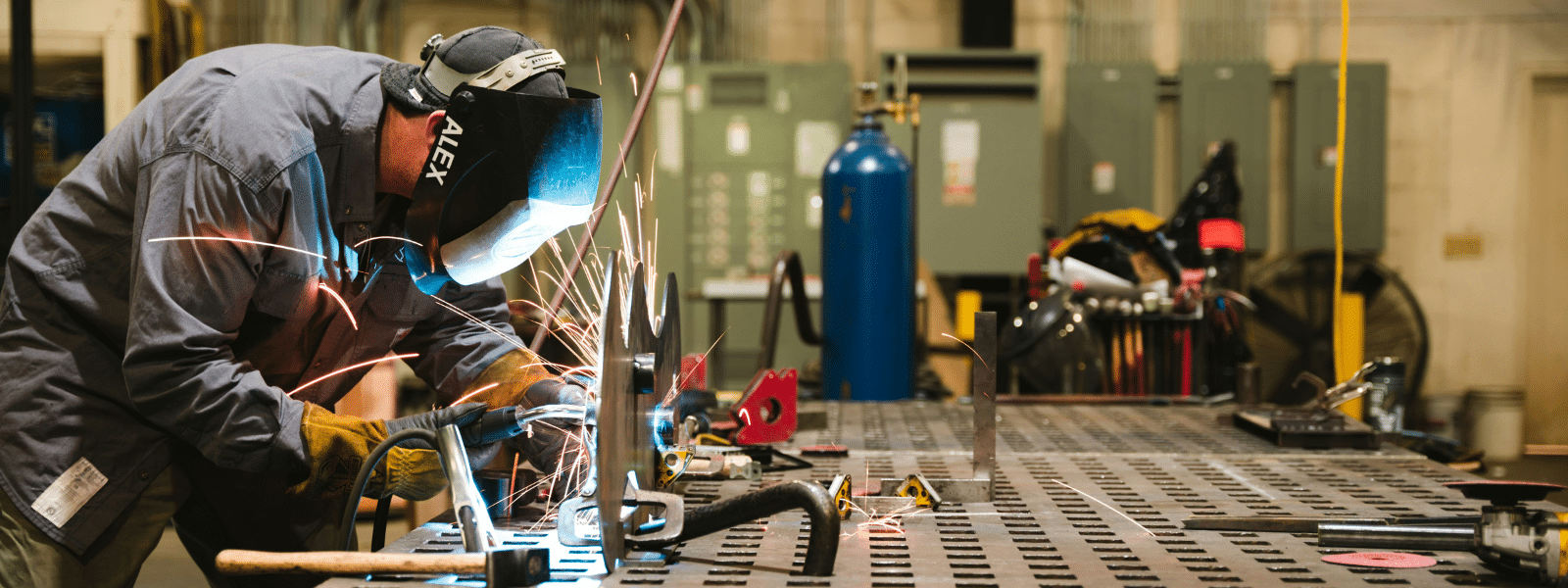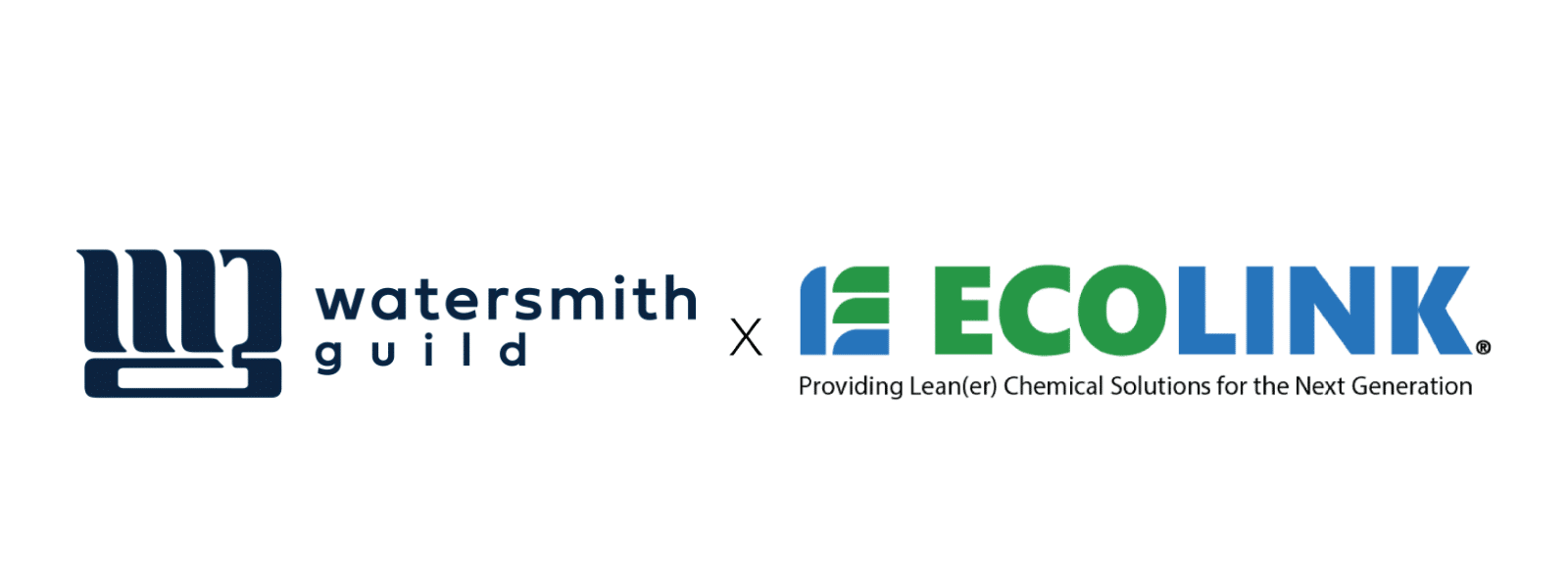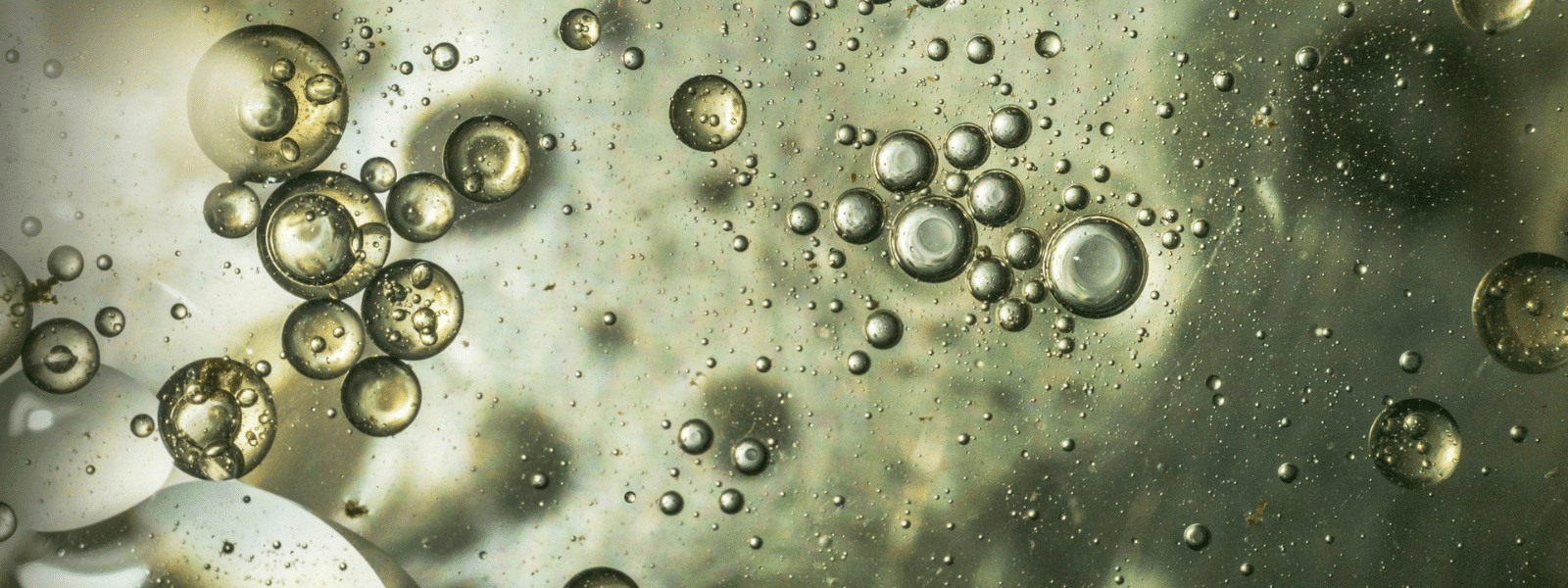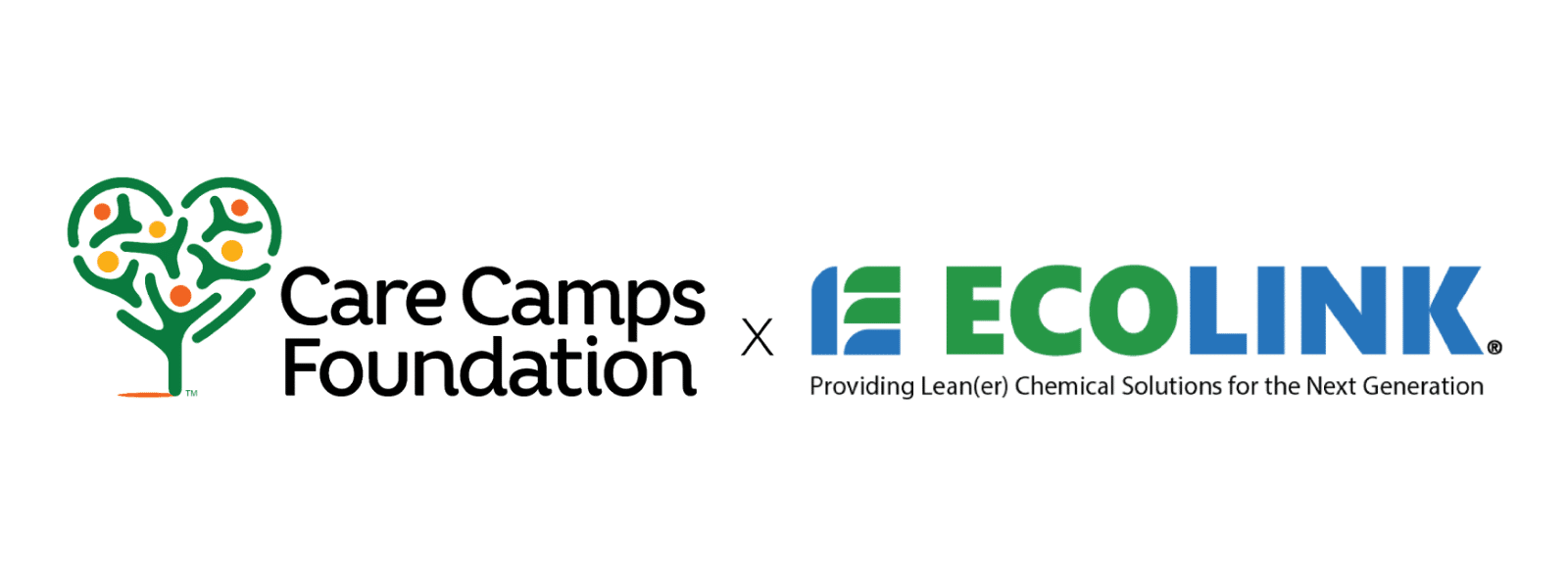Sustainable degreasing solutions are degreasers that can be “sustained” through the process of solvent recycling, either by recycling the solvents through a waste management provider that performs solvent recycling, or by recycling them in-house. In this entry, we focus on performing the latter type of recycling with the use of a parts washing system that uses condensation technology to remove grease from solvent that removes the grease from parts during cleaning.
Using “High Boiling” Degreasers
Achieving sustainable degreasing solutions for parts washing systems can be greatly aided by the use of high boiling solvents, which are considered solvents that have a high boiling point compared to water, which rises to a boil in the temperature range of 168°F to 212°F. However, to recycle the solvents for reuse, you need a parts washing system that’s facilitate the recycling function. Below is a step-by-step process for how such a parts cleaning system is used.
- Soiled parts are placed on a rack inside the parts washer
- Solvent is placed in a basin that is below the rack
- A heating coil in the basin activates to vaporize the solvent
- Vaporized solvent rises and contacts soiled parts
- During the cleaning process, airtight seals maintain vapor pressure
- A vacuum pulls the used, vaporized solvent into a cooling zone, where it condenses
- The condensed solvent collects in a holding unit
- A transfer zone returns the liquid solvent to the solvent basin below the rack
In the most efficient operation, the parts washing system repeatedly recycles one application of solvent until the solvent must be replaced according to the manufacturer’s recommendations. This scenario delivers two major benefits. For companies, it can dramatically reduce the amount of degreaser that is used, and reduce solvent cost accordingly. For the environment, it produces less waste solvent and thus reduces the amount of energy used for waste solvent management.
Upfront Cost Vs. Long-Term Gain
Implementing sustainable degreasing solutions using the scenario above requires some significant, upfront investments for companies that are starting from scratch: purchasing the parts washing system, installing the system, purchasing a high boiling solvent, and providing training for using the system.
For industrial outfits that consistently use a high volume of degreaser in a short period of time, long-term gains from reducing solvent cost can justify the investments. If you think that your company may be in this position, and you need assistance arriving at an educated decision, the team of experienced product specialists at Ecolink can help you make the right assessment.
Contact Us To Get Started
If it turns out that your operation is a good candidate for implementing sustainable degreasing solutions through the use of vapor degreasing solvent in a parts washing system, we can supply the solvents you need on a scheduled basis, or as needed. We can also create a custom solvent if one of our stock solutions doesn’t do the trick. To get started on evaluating your options, call us today at (800) 563-1305, or use our contact form. We look forward to hearing from you!







